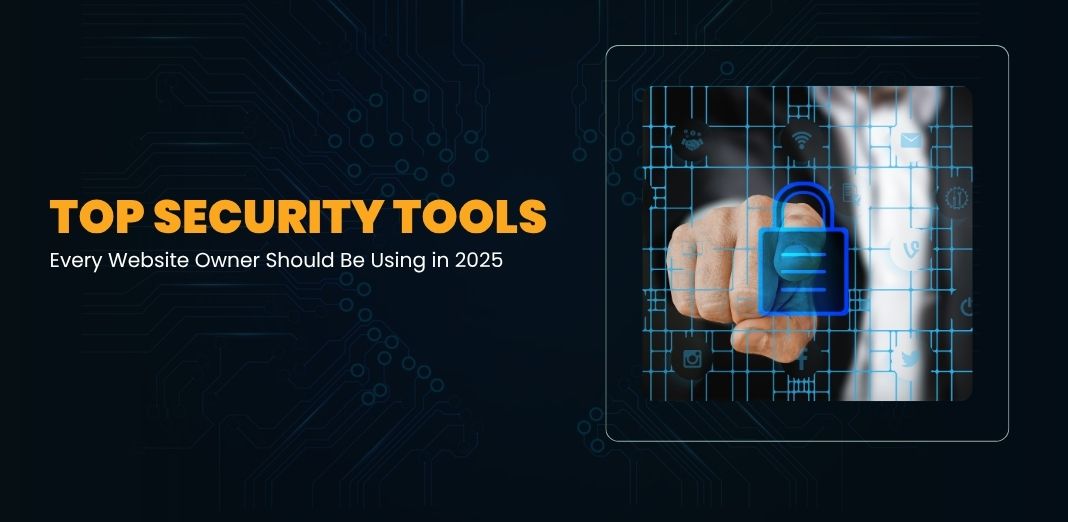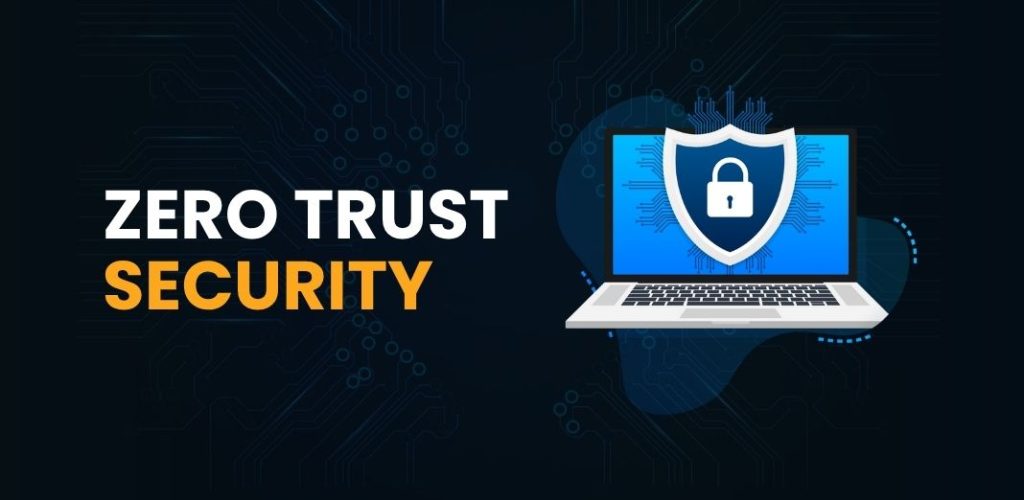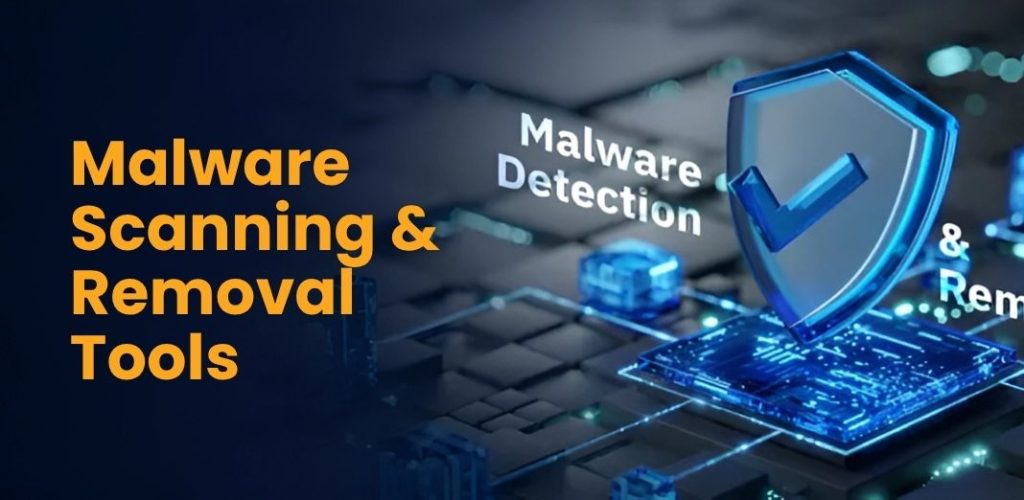
Kleverish Digital Marketing Services That Works  ×
×
 ×
×


According to the Identity Theft Resource Center (ITRC), there are at least 8 cyberattacks per day, and more than 50% of online businesses get hit year in and year out. This shows that cyberattacks aren’t just frequent, they’re becoming more effective per time. As such, no one, especially website owners, should treat web security lightly. More than ever, all businesses and website owners should have multiple layers of defences against cyber threats.
Given that cyberattacks are becoming more sophisticated than ever, there has also been a reactionary growth in web security. Cybersecurity tools are quickly receiving new security patches with advanced systems for threat detection, prevention, and response. Here are the top three web security trends for 2025:
With the way AI has taken the world by storm, it’s unsurprising that it’s also etched its mark in web security. Beyond AI-assisted content generation and web research, there’s been an increase in AI participation in web security. AI in web security has gone beyond reactionary threat detection to more proactive detections through machine learning (ML). Thanks to AI being able to analyze millions of data, detect patterns, and determine the right course of action within seconds, it’s the perfect fit for cybersecurity.
AI’s potential in web security boils down to proactive threat detection and reaction. Unlike traditional cybersecurity tools that rely on a strict pre-defined set of rules and patterns to detect threats, AI’s machine learning ability ensures that security updates are prompt and done in real-time. Basically, AI-driven systems learn from experience, so they don’t have to wait for the next security patch to predict, detect, or respond to threats. This way, AI in cybersecurity is guaranteed to reduce the frequency of successful cyberattacks since it learns and adapts with minimal human supervision.
With cyberattacks becoming more tactical, more businesses have opted to adopt multiple layers of security, or what is otherwise known as zero-trust security systems. This security model can be summarized as “never trust, always verify”. Instead of trusting anything that looks remotely genuine, it prioritizes multiple layers of authentication before any object is opened or accepted within a network. It typically features multiple security installations such as multi-factor authentication (MFA), passwords, remote access keys, facial recognition, and other identity verification techniques, micro-segmentation, and VPNs, among others.
While this security model might seem like overkill, there’s no denying that you can’t be too careful with security risks. It’s a lot better to be secure and not need it than to get hacked, lose sensitive data, and risk heavy financial loss and legal sanctions.

With more cloud-based security services being launched, they’ve become the go-to choice for website owners. By design, these cloud-based security solutions offer a seamless and scalable alternative to web security, which is a lot more affordable than traditional on-premises solutions. Instead of installing and maintaining security installations locally, website owners can simply outsource their security needs to top-notch cloud service providers. It’s helping businesses access top security installations and expert assistance without the heavy cost of upfront installation or maintenance.
With cloud-based security solutions now becoming a thing, businesses can access continuous web protection and timely security updates. What’s more is that these solutions offer a sense of autonomy for businesses to conveniently manage their website’s security from a centralized interface. As expected, technical experts are on standby to provide timely support.
Web security is a non-negotiable part of running a website. Without it, your website would be an easy pick for hackers and spies who are always prowling for vulnerable websites. Here are the top 5 security tools you should use as a website owner in 2025:
This remains the first line of defense against cyberattacks. A WAF works like a traffic stop. It inspects incoming and outgoing web traffic and automatically blocks malicious requests that target website vulnerabilities. It’s popular for blocking SQL injection and XSS attacks. Currently, there are new advancements in WAFs that leverage AI and machine learning for real-time threat detection and adaptive defenses. Add DDoS protection to the mix, and your website is protected against SQL injection-type attacks that attempt to sabotage your website with overwhelming traffic. Top web security providers like Cloudflare provide comprehensive cloud-based WAF and DDoS solutions that are easy to deploy and scale over time.
Even with WAF and DDoS protection, sometimes malware can still find its way into your website. As such, you need to consistently scan your website for malware and vulnerabilities. Regular and automatic malware scanning is necessary for detecting malware and other security risks on time. Website antiviruses like Sucuri SiteCheck, VirusTotal, Quttera, and SiteLock offer both paid and free malware scanning and removal options. With these tools integrated into your website, you’d enjoy real-time security monitoring with immediate security alerts and automated cleanups.
Having an SSL/TLS certificate is a basic, non-negotiable security need for websites. It’s the default security mechanism that encrypts all data exchanged between your website and users’ inputs and browsers. It ensures that your web data is protected against spying or theft, and also guarantees the security of user data that may be stored on your website. Besides being essential for web security, an SSL/TLS certificate is important for ranking your website on search engine result pages. It’s like a badge of trust which signals to search engines that internet users are safe browsing your website. This should be provided by your web hosting service provider.

For website owners, using a VPN is less about protecting the website itself and more about protecting your access to it and other activities online. When managing your website, especially when you connect through public WiFis, using a VPN encrypts your connection to prevent any data leaks. It does this by masking your IP address and protecting your web data from spies and hackers that commonly stalk public WiFis. In Cybernews’ review on Surfshark vs NordVPN, it’s clear that having a VPN is essential for protecting your personal data and administrative access to your website’s backend.
Sometimes cyberattacks succeed despite your best attempts to block them. As such, the last line of defense is to have a reliable website backup and recovery plan. With it, you can easily shut down a hacked website to minimize damage, and then quickly restore it. For this to work, you need to frequently backup your website – especially off-premises. You should also periodically test-run the recovery process to patch up loopholes. Although most web hosting providers offer backup services, you can opt for other dedicated website backup and recovery services like VaultPress (for WordPress sites) and Acronis Cyber Protection.
In 2025, web security is non-negotiable for website owners. As cyberattacks become more sophisticated, you need to stay ahead by adopting top web security mechanisms. Don’t just rely on one security installation, it’s safer to have multiple security mechanisms in place. Being too careful is way better than getting sabotaged.

Pinal Bhalodia is a multi-faceted professional with a diverse skill set spanning creative website design, Google Adwords, Search Engine Optimzation , IT expertise, and sales acumen. With a passion for blending technology with artistic flair, Pinal has carved a niche for himself in the dynamic intersection of these fields.



 Rated 4.99/5 overall
across 100+ reviews
Rated 4.99/5 overall
across 100+ reviews